Doing Business in Brazil
QAD
APRIL 11, 2019
Brazil is the largest country in South America and the fifth largest country in the world. Brazil is located in Eastern South America and borders the Atlantic Ocean as well as the countries of Argentina, Bolivia, Colombia, French Guiana, Guyana, Paraguay, Peru, Suriname, Uruguay and Venezuela. Manufacturing in Brazil.


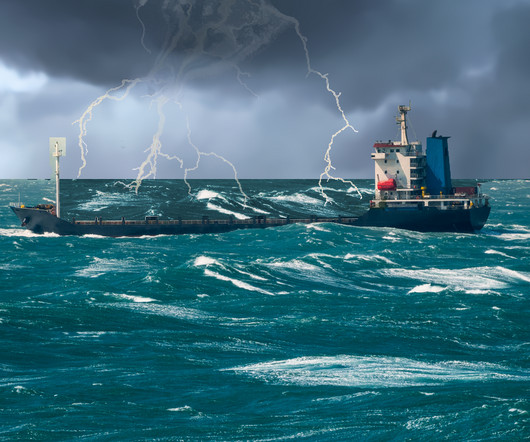
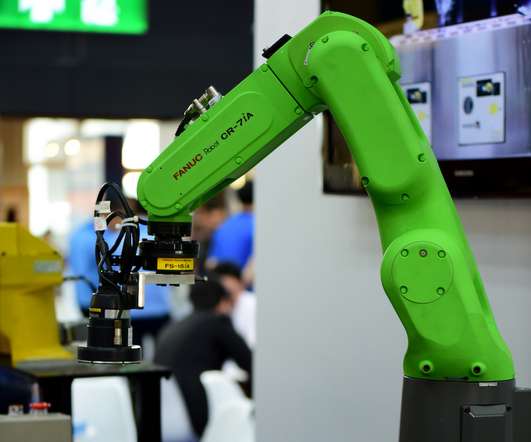

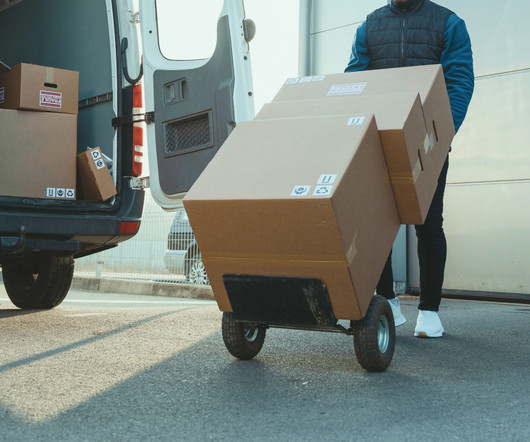








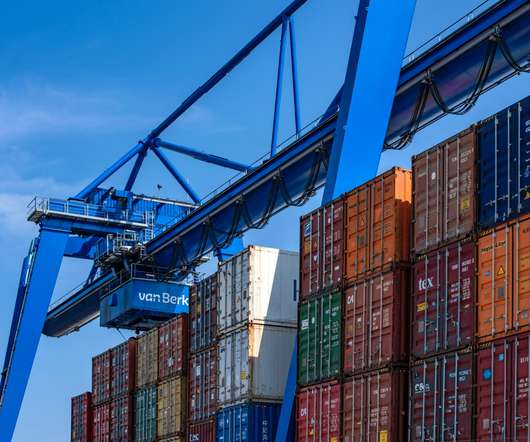

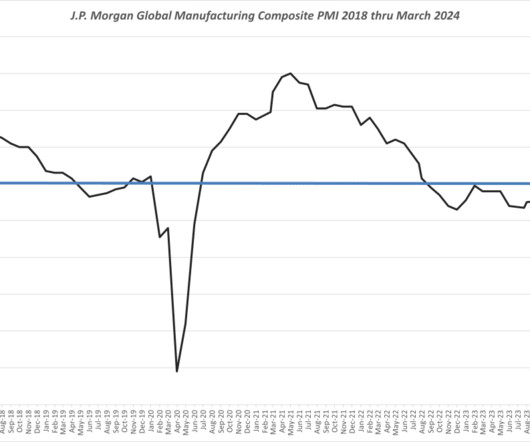












Let's personalize your content